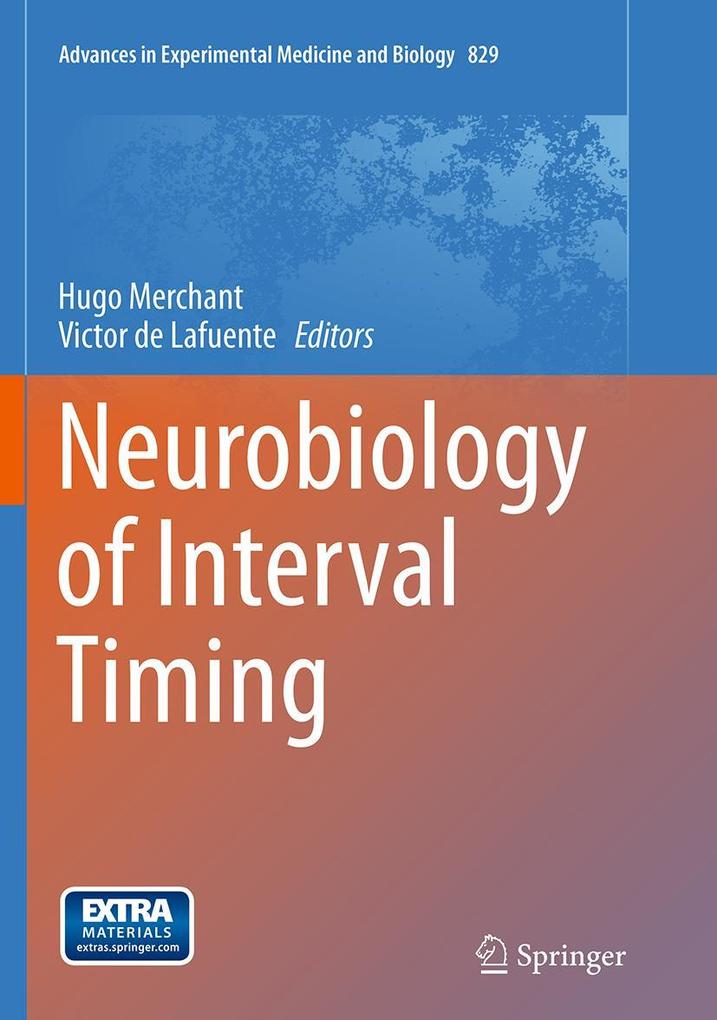
Inhaltsverzeichnis
Introduction to the Neurobiology of Interval Timing. - About the (non)scalar property for time perception. - Elucidating the internal structure of psychophysical timing performance in the sub-second and second range by utilizing confirmatory factor analysis. - Neurocomputational models
of time perception. - Dedicated Clock/Timing-Circuit Theories of Time Perception and Timed Performance. - Neural Dynamics Based Timing in the Subsecond to Seconds Range. - Signs of timing in motor cortex during movement preparation and cue anticipation. - Neurophysiology of timing in the hundreds of milliseconds: multiple layers of neuronal clocks in the medial premotor areas. - The Olivo-Cerebellar System as a Neural Clock. - From duration and distance comparisons to goal encoding in prefrontal cortex. - Probing Interval Timing with Scalp-recorded Electroencephalography (EEG). - Searching for the Holy Grail: Temporally Informative Firing Patterns in the Rat. - Getting the timing right: experimental protocols for investigating time with functional neuroimaging and psychopharmacology. - Motor and Perceptual timing in Parkinson s disease. - Music Perception: Information Flow within the Human Auditory Cortices. - Perceiving temporal regularity in music: The role of auditory event-related potentials (ERPs) in probing beat perception. - Neural Mechanisms of Rhythm Perception: Present Findings and Future Directions. - Neural underpinnings of music: The polyrhythmic brain.
Produktdetails
Entdecken Sie mehr
Pressestimmen
This is an outstanding textbook on the neurophysiology of coding with mathematical and statistical models. I highly recommend this outstanding textbook to all interested audiences including neurophysiologists, neuroscientists, neurologists, and neurosurgeons in the research field involving timing mechanisms through psychophysics, probability theory, and mathematical modeling. (Joseph J. Grenier, Amazon. com, May, 2015)
Bewertungen
Es wurden noch keine Bewertungen abgegeben. Schreiben Sie die erste Bewertung zu "Neurobiology of Interval Timing" und helfen Sie damit anderen bei der Kaufentscheidung.








